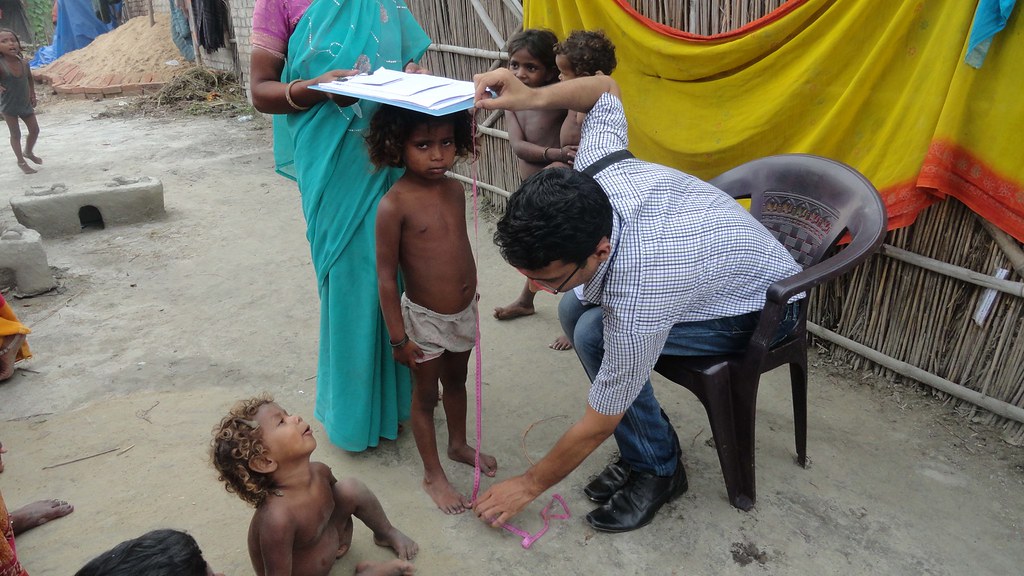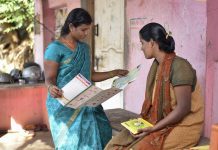The Indian healthcare sector is surely is surely in bad shape. It is battling a series of problems such as inadequate infrastructure and shortage of human resource. The shortage of persons working as medical staff especially as doctors has often been responsible for claiming many lives especially in rural corners of the nation.
The Indian Journal of Public Healthcare(July-September,2017) released interesting data on the ill-staffed healthcare system in India and how even years after trying to make the institutional setup more conducive to both patients and healthcare personnel, the crisis is looming large.
The extent of the deepening crisis can be estimated by the fact that in the state of Bihar, one government doctor served 28,391 people, in Uttar Pradesh there is one doctor for 19,962 patients, in Jharkhand there is one doctor for 18,518 patients, in Madhya Pradesh there is one doctor per 16,996 patients and Delhi being better than many other states has a ration of 1:2203.
In fact, the primary health centres throughout the nation require at least 3,000 doctors and more than 1,974 primary healthcare centres don’t even have a single doctor.
Bihar, one government doctor served 28,391 people.
Uttar Pradesh there is one doctor for 19,962 patients.
Jharkhand there is one doctor for 18,518 patients.
Madhya Pradesh there is one doctor per 16,996 patients and
Delhi being better than many other states has a ration of 1:2203.
It has been estimated that there are 462 recognised medical colleges that produce 56,748 doctors per year. Additionally, there are about 3,123 recognised institutions that add 125,764 nurses per year to the healthcare market. Despite these new entries that fill up the medical scenario annually, there is insufficiency in this sphere because India’s population is growing by about 26 million each year.
The report warns us that if we want to make our doctor to patient healthcare ratio balanced then we would need 2.07 million more doctors by 2030. At a time when the global average GDP expenditure for healthcare sector is 6% and that of India is a mere 1.3%, the improvement of this sector remains a critical challenge for the nation.
While it may be true that lack of hospitals, absence of doctors, under qualified health professionals and the paucity of funds have collectively enlarged the medical crisis in India, what also cannot be denied is the fact that such has been the scenario ever since India gained its independence.
The distribution and qualification of professionals working in the health sector is one of the biggest challenges facing India. We are in urgent need of a policy framework that enhances the quality of health workers and brings into the mainstream professionally qualified persons into the healthcare workforce.
It is paradoxical that despite the stark reality of the appalling condition of the Indian healthcare system, this is not an issue which is at the top of the government’s agenda.
Although both the state and the central governments have been introducing various healthcare schemes from time to time, we are yet to experience radical change in the healthcare system. Such efforts include initiatives to reduce the prices of essential medicines, cardiac stents and knee implants through the Pradhan Mantri Jan Aushadhi Kendra scheme.
The government’s flagship healthcare scheme Ayushman Bharat also has in the pipeline the setting up of 150,000 health and wellness centres which will have their focuses on preventive healthcare, screening and community based management of health concerns.
The problem however is the fact that if such a scheme is to improve the health scenario in India, then its funding must go up by 20-25% for the next five years to reach its target.
It is hoped that with its massive mandate and a greater access to funds, the BJP government will make healthcare accessible for the masses.














